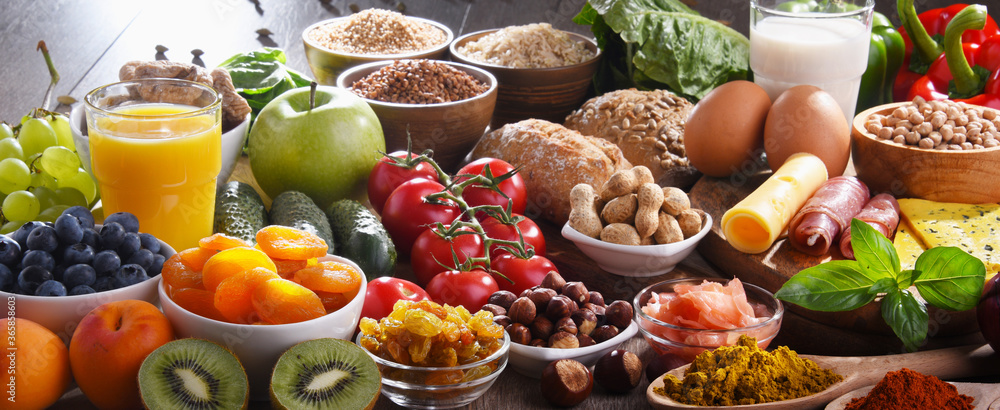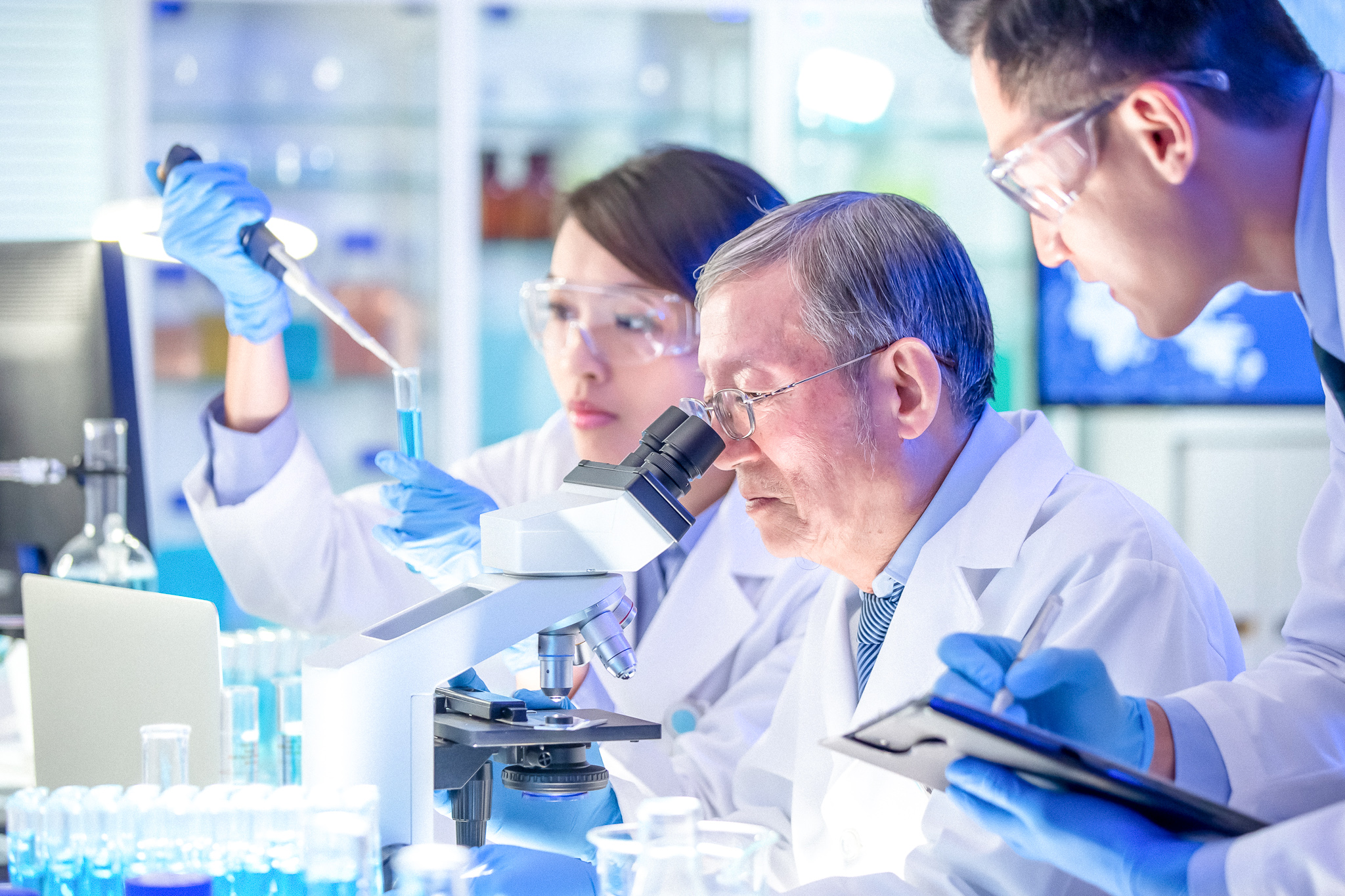As the world’s population grows to 9 billion, our available land shrinks, our communities become more connected, and increasingly important global issues come to our minds. It’s food security. Fortunately, technology tracks, analyzes, and understands how food systems work to reduce food waste and carbon emissions, and ultimately 842 million who don’t currently have enough food. It can feed people. And every food start-up is drooling. According to a survey by CB Insights, VC funding for food delivery companies hit a record high of over $ 200 million in the first quarter of 2014. However, to order Thai food using your smartphone, take out at 11pm. It’s just the tip of the iceberg. Here are 10 ways technology can change our food and how we can find it, consume it, and get rid of it.
1. GMOs
A GMO is something that has been genetically engineered to have certain traits, like herbicide resistance, pest resistance, and increased nutritional value. It quickly led to the development of other seeds, and by 1999, one hundred million acres were farmed with genetically engineered crops. The crop is currently under development and is genetically engineered to grow in the habitat along with its natural habitat in order to increase crop productivity and feed more people.
2. Precision Agriculture
Precision agriculture is often called satellite farming, and refers to the use of GPS tracking systems and satellite imagery to monitor crop yields, soil levels, and weather patterns to increase efficiency on the farm. Using these precision technology systems, farmers can pinpoint an exact location in a field to determine how productive the area is.
3. Drones
With drones, farmers can locate precisely where a diseased or damaged plant is, more accurately release fertilizer and pesticides, or take photos and have immediate information about a certain area of the farm. But in farming, drones may replace more jobs than they create.
4. Internet of Things
Sensors in grain bins allow farmers to monitor the temperature and moisture levels remotely. Another example of IoT use on farms is Z-Trap, a device used to monitor insects and analyze data on crops remotely using GPS coordinates and wireless sensors.
5. Food Waste Tracking
Leloca is an app that helps restaurants minimize waste by allowing people to get deals on food (ranging from 30 to 50% off usually) within 45 minutes of a posting at nearby restaurants. A particularly innovative platform called LeftoverSwap matches people with leftover food to others in their area who would like to purchase cheap food and pick it up, and they offer anything from pizza to produce.
6. Hackathons
Food-centric hackathons are popping up around the globe to improve the food industry. Food+Tech Connect held the first food hackathon, and continues to host them annually, including ones that have tackled the Farm Bill, and the meat and restaurant industries.
7. 3D Printing
Right now, the most talked-about 3D printed food is 3D Systems` candy, which is made of pure sugar with the ChefJet, but the leader in the 3D printer industry recently teamed up with Hershey`s to print chocolate. The user prepares the ingredients with a food processor or blender, and the 3D printer can print shapes out of the mix. The Foodini has created food items such as burgers, pizza, and desserts.
8. Farm Locations
Philips is working on creating special LED bulbs that produce specific wavelengths to appropriately grow plants indoors for Green Sense Farms in Chicago, which is a one-million cubic foot growing space. Since LED bulbs don`t get hot, they can sit closer to the plants and can produce lights particular to different species of crops.
9. Access to Recipes
Recipes sit usage far exceeds recipes in cookbooks and magazines. From gluten-free to vegan to pareos, you can find guidelines for almost every type of diet and lifestyle on the internet today. Blogs, Pinterest, food-focused Twitter accounts, and Facebook groups make sharing recipes across borders easier than ever. Also, on video sites like YouTube, you can learn how to shred artichokes in just 4 minutes.
10. Promoting Local Food
The farm-to-folk movement is strong. People want to know where their food comes from. In industrial agriculture, GMOs, hormones and carbon emissions are becoming more and more of a concern, and it is becoming increasingly important to know the life cycle of food. Farm to Table is a web service that sells locally grown agricultural products, grass-fed beef, and cageless chicken to restaurants, independent grocery stores, and cafeterias. There are profiles of farmers and the farmers they run, as well as a detailed description of the foods available for purchase.











